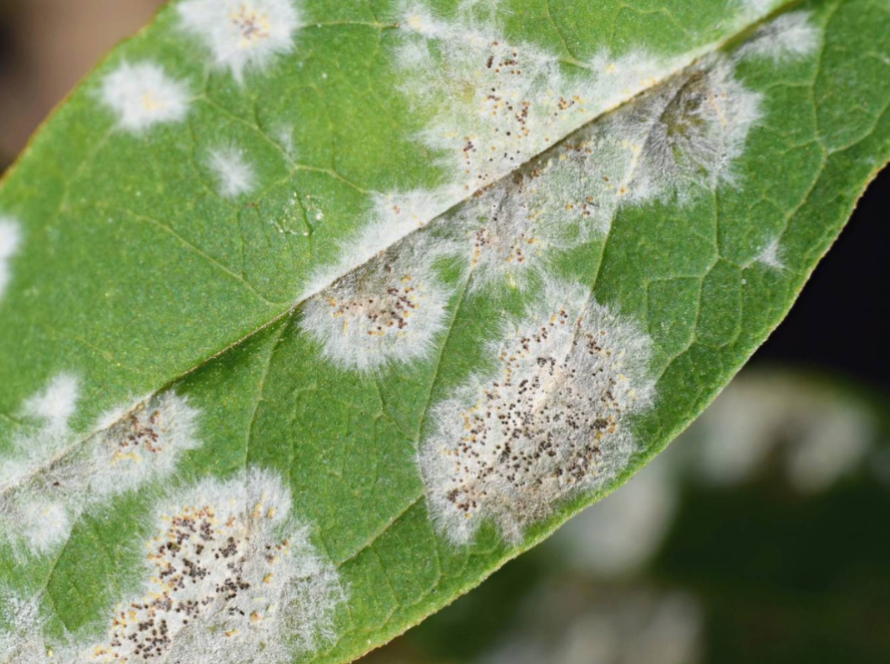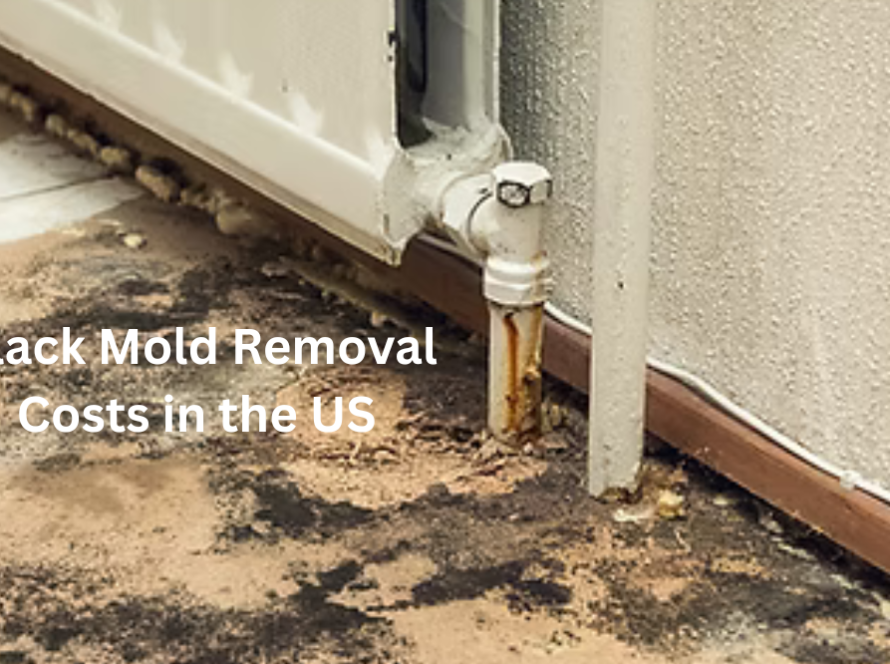Mold can be a silent but serious threat to your home and health. If left untreated, it can spread quickly, leading to structural damage and potential respiratory issues. Whether you’re a homeowner, business owner, or property manager, understanding the mold remediation process step by step is crucial.
In this guide, we’ll walk you through the mold removal process, answer common questions, provide data-backed insights, and introduce effective solutions to keep your indoor environment safe.
What is Mold Remediation?
Mold remediation is a comprehensive process designed to identify, remove, and prevent the recurrence of mold in residential and commercial spaces. Unlike simple cleaning, which only addresses surface mold, true remediation tackles the root cause—excess moisture and poor ventilation to ensure long-term protection.
The mold remediation process, step by step, involves thorough inspection, containment to prevent spore spread, air filtration, removal using specialized mold remediation tools, and restoring affected areas. Whether dealing with toxic black mold remediation or minor infestations, professionals use advanced mold removal equipment and commercial mold remediation products to safely and effectively eliminate mold.
Mold not only damages property but also poses significant health risks, including respiratory issues, allergies, and weakened immune response. That’s why hiring experts in mold remediation methods ensures complete eradication while improving indoor air quality. If you’re experiencing mold issues, taking swift action with professional mold remediation services can save you time, money, and long-term health concerns.
Why is Mold Remediation Important?
| Problem | Consequence |
| Structural Damage | Mold can weaken wood, drywall, and insulation, leading to costly repairs. |
| Health Risks | Can cause respiratory problems, allergic reactions, and infections. |
| Decreased Property Value | Unaddressed mold problems can reduce your home’s value. |
| Musty Odors | Creates unpleasant smells that linger in your home. |
Common Signs of Mold Infestation
✅ Musty or damp odors
✅ Visible mold patches on walls or ceilings
✅ Increased allergy symptoms (sneezing, itchy eyes)
✅ Water damage or recent flooding
Mold Remediation Process Step by Step
1. Inspection and Mold Assessment
The first step in mold remediation is identifying the extent of the mold problem. Professionals use advanced tools like moisture meters, infrared cameras, and air quality tests to pinpoint mold growth.
👉 Looking for a deep cleaning service? Our Air Quality Deep Cleaning Services help eliminate airborne contaminants for a fresher home.
2. Containment of Affected Areas
To prevent mold spores from spreading, technicians use:
- Physical barriers (plastic sheeting)
- Negative air pressure chambers
- Sealed HVAC systems
3. Air Filtration and Purification
HEPA air scrubbers and high-powered vacuums help capture airborne mold spores. Proper filtration is crucial for maintaining good indoor air quality during remediation.
4. Mold Removal & Cleaning
Depending on the severity, mold-infested materials like drywall and insulation may need to be removed. Experts use mold remediation tools such as antimicrobial treatments and commercial mold remediation products to clean and sanitize the area thoroughly.
Black Mold Remediation Process
Black mold is particularly dangerous. Professionals use:
- Chemical treatments
- HEPA vacuuming
- Encapsulation techniques
5. Drying and Dehumidification
Since mold thrives in moisture, drying the affected area is crucial. Industrial-grade dehumidifiers and drying equipment are used to remove excess moisture from walls, floors, and air.
6. Restoration and Prevention Measures
After mold removal, the next step is restoring any damaged areas. This may involve minor repairs like repainting or major reconstruction.
💡 Pro Tip: Installing proper ventilation and humidity control systems can help prevent future mold growth.
Before and After Mold Remediation: What to Expect
| Stage | Condition Before | Condition After |
| Air Quality | Musty, potential allergens | Clean, fresh air |
| Surfaces | Mold patches visible | Mold-free and sanitized |
| Health Risks | Allergy symptoms, respiratory issues | Reduced health risks |
Essential Mold Remediation Tools & Equipment
| Equipment | Purpose |
| HEPA Vacuums | Capture fine mold spores |
| Air Scrubbers | Purify indoor air |
| Dehumidifiers | Reduce moisture levels |
| Protective Gear | Gloves, masks, and suits for safety |
The Cost of Mold Remediation
The cost of mold remediation varies depending on the severity, location, and extent of the damage. Below is an estimated breakdown:
| Type of Mold Issue | Estimated Cost Range |
| Small Contained Mold Growth | $500 – $1,500 |
| Moderate Mold Infestation | $1,500 – $5,000 |
| Severe Widespread Mold | $5,000 – $10,000+ |
What Happens During Mold Remediation?
During mold remediation, professionals follow a structured process to ensure complete removal and prevention of future growth. First, they conduct a thorough inspection using specialized tools to identify the source and extent of the mold problem. Once detected, containment measures such as plastic sheeting and negative air pressure systems are used to prevent mold spores from spreading to unaffected areas. Air filtration devices, including HEPA air scrubbers and vacuums, are deployed to capture airborne spores and improve indoor air quality. The next step involves mold removal, where affected materials like drywall, insulation, or carpeting may be safely disposed of, while non-porous surfaces are treated with antimicrobial agents to kill remaining mold colonies.
In cases of black mold, more intensive procedures such as chemical treatments and encapsulation are used to eliminate toxic spores. After removal, the affected areas undergo drying and dehumidification to eliminate excess moisture, ensuring mold does not return. Finally, any necessary repairs or restorations are completed, which may include repainting, reinstalling drywall, or reconstructing damaged sections. Preventative measures, such as improving ventilation and controlling humidity, are also recommended to maintain a mold-free environment. By following this detailed approach, professional mold remediation services ensure a safer, healthier home or workplace.
Essential Mold Remediation Tools & Equipment
Professional mold remediation requires specialized tools to ensure complete removal. Here are some must-have items:
- HEPA Vacuums – Capture fine mold spores.
- Air Scrubbers – Purify indoor air.
- Dehumidifiers – Reduce moisture levels.
- Protective Gear – Includes gloves, masks, and suits for safety.
FAQs About Mold Remediation
1. How Long Does Mold Remediation Take?
The timeline depends on the severity of the infestation. Small jobs may take a few days, while large-scale remediation can take weeks.
2. Can I Stay in My Home During Mold Remediation?
For minor cases, you may be able to stay home. However, in severe cases, it’s best to temporarily relocate until the process is complete.
3. Does Insurance Cover Mold Remediation?
It depends on your policy. Some insurance companies cover mold damage if it’s caused by a covered peril (like a burst pipe).
4. How Can I Prevent Mold Growth in the Future?
- Keep humidity levels below 50%
- Fix leaks promptly
- Use proper ventilation in bathrooms and kitchens
Final Thoughts: Why Professional Mold Remediation Matters
The mold remediation process, step by step, is essential for eliminating mold and preventing it from returning. From inspection and containment to removal, drying, and restoration, each phase ensures a safe and healthy living environment. Ignoring mold issues can lead to structural damage, health problems, and costly repairs. Whether you’re dealing with black mold remediation, need expert advice on mold remediation methods, or want to learn about mold removal equipment, hiring professionals ensures long-term results.
If you’re facing mold problems, don’t wait! Explore our mold remediation services today and take the first step toward a mold-free home.








